From the 21st-27th January 2013, members of the ATP team in Quang Ngai City spent time in Binh Son District, Quang Ngai Province, central Vietnam, for a weeklong trapping effort in an area slated to become a Species Habitat Conservation Area (SHCA) for endangered turtles. This is an area the Forest Protection Department (FPD) of Quang Ngai would like to set aside and protect for the critically endangered Vietnamese pond turtle (Mauremys annamensis). Currently, this species is not known from any protected areas, living in lowland wetland areas the species is at higher risk of extinction as wetland habitat are converted for rice production and the species is hunted for the wildlife trade where it has a high economic value.
Although the team did not encounter any Vietnamese pond turtles during this trapping a local had found a large, adult female just a week before in the same small area of wetland. This was both encouraging and disheartening: encouraging in that a small population of Vietnamese pond turtles still exists in the area, but disheartening in the fact that the turtles, despite their rarity and the fact they are fully protected under national law, are still being opportunistically collected in the area.
During the January trapping the team, two former student’s from the ATP turtle field skill training course March 2013, Nguyen Thanh Luan and Vo Si Lam, along with an international volunteer from the USA, Grover Brown III, had good results. In Binh Minh commune they caught three Endangered Chinese stripe-necked turtles (Mauremys sinensis) over the course of three days. Closely related to the Vietnamese pond turtle the species occur within the same wetlands and hybrids have even been observed in local communities. Genetic samples were collected from each animal, and each turtle was notched on its marginal (outer) scutes to give it a unique identity should it be trapped or seen again. Radio transmitters were attached to the two largest animals which were big enough to carry the 35g transmitters to allow them to be track over the course of the next 12 months.
Tracking will allow the team to better understand how the turtles are using the fragmented wetlands they inhabit, important considerations for future research and conservation planning for the species. So far, after tracking the turtles a few times, these subadult Mauremys sinensis are behaving much more like the North American bog turtle (Glyptemys muhlenbergii) by inhabiting boggy wetlands and streams rather than the large lake in close proximity. Even after just a few weeks of radio tracking, the team is already receiving very interesting feedback from this study. Over the course of one week (from 1st February to 8th February 2013), the small female moved approximately 500 meters (straight-line distance, so likely much farther) down a very steep embankment, and into a series of rice fields. Initially the team thought the turtle’s signal was coming from a nearby village and feared the worst, but luckily that was not the case this time. The team are looking forward to tracking the movements of these surprisingly mobile turtles.
An interesting natural history note to take away from the trapping effort is that, at least in this location, the Vietnamese pond turtle (Mauremys annamensis) and the Chinese stripe-necked turtle (Mauremys sinensis) occur sympatrically. This means that the hybrid Mauremys found in a drained wetland in May 2012 may represent a naturally occurring hybridization of the two species. That in turn creates a number of interesting evolutionary questions as to the speciation and divergence of these very similar, sympatric species.
The ATP also hopes to use this radio-tracking survey no only to evaluate the home range and movements of these turtles, but as an opportunity to educate local school groups, FPD officers and others in the community about turtle ecology.
How you can help
Lastly, since the turtles trapped were only just large enough for our transmitters, the ATP would greatly appreciate it if anyone were willing to donate their old radio-transmitters (10g or less) to ATP. See below for contact information.
We would like to thank the Forest Protection Departments of Quang Ngai provinces for their participation in turtle conservation in the province and the Disney Worldwide Conservation Fund, Critical Ecosystems Partnership Fund (CEPF) and Birdlife International for supporting the training.
Press release by: Grover Brown – ATP
Date: 5th March 2013
Photo gallery

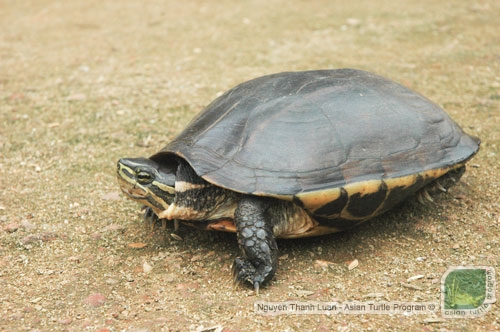




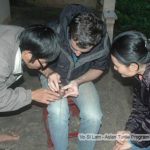
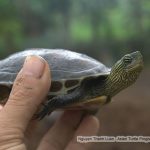
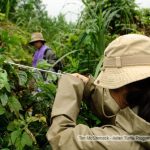
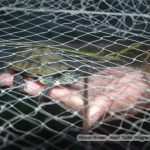
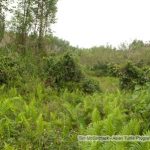

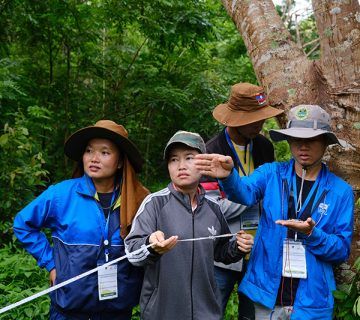




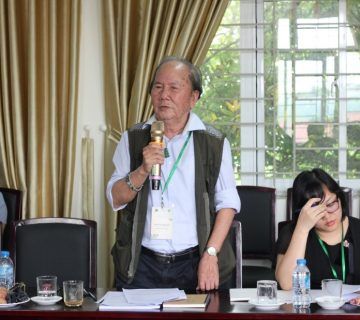
No comment